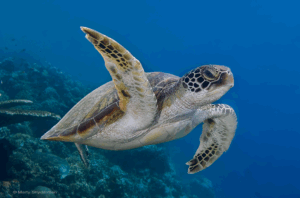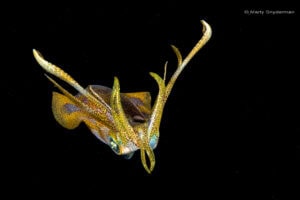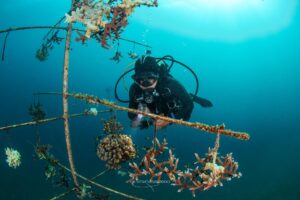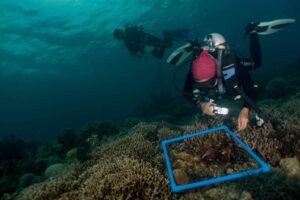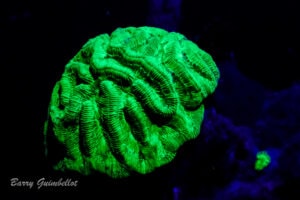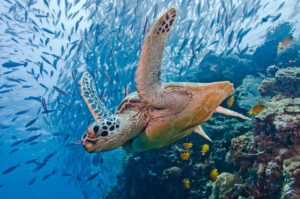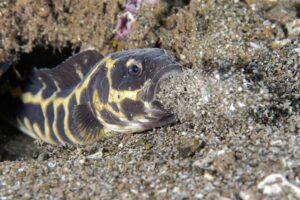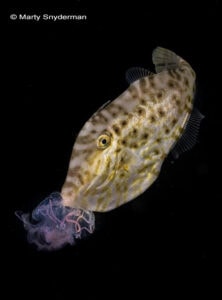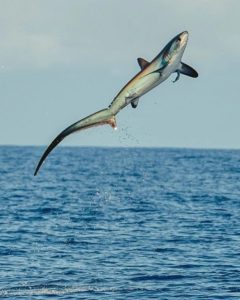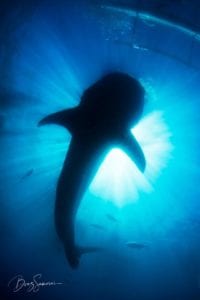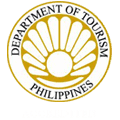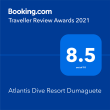Notes from Atlantis Image Maker Dan Orr
Atlantis Resorts hosted a group of the diving industry’s leading underwater photographers, videographers and image-makers this past April at the Atlantis Puerto Galera and Atlantis Dumaguete resorts. Marty Snyderman, Atlantis’ Photography Ambassador, leads this group, called the Atlantis Image Makers. Betty and I are honored to be part of the 2018 Image Makers group that included some of the diving world’s leading underwater photographers and filmmakers.


